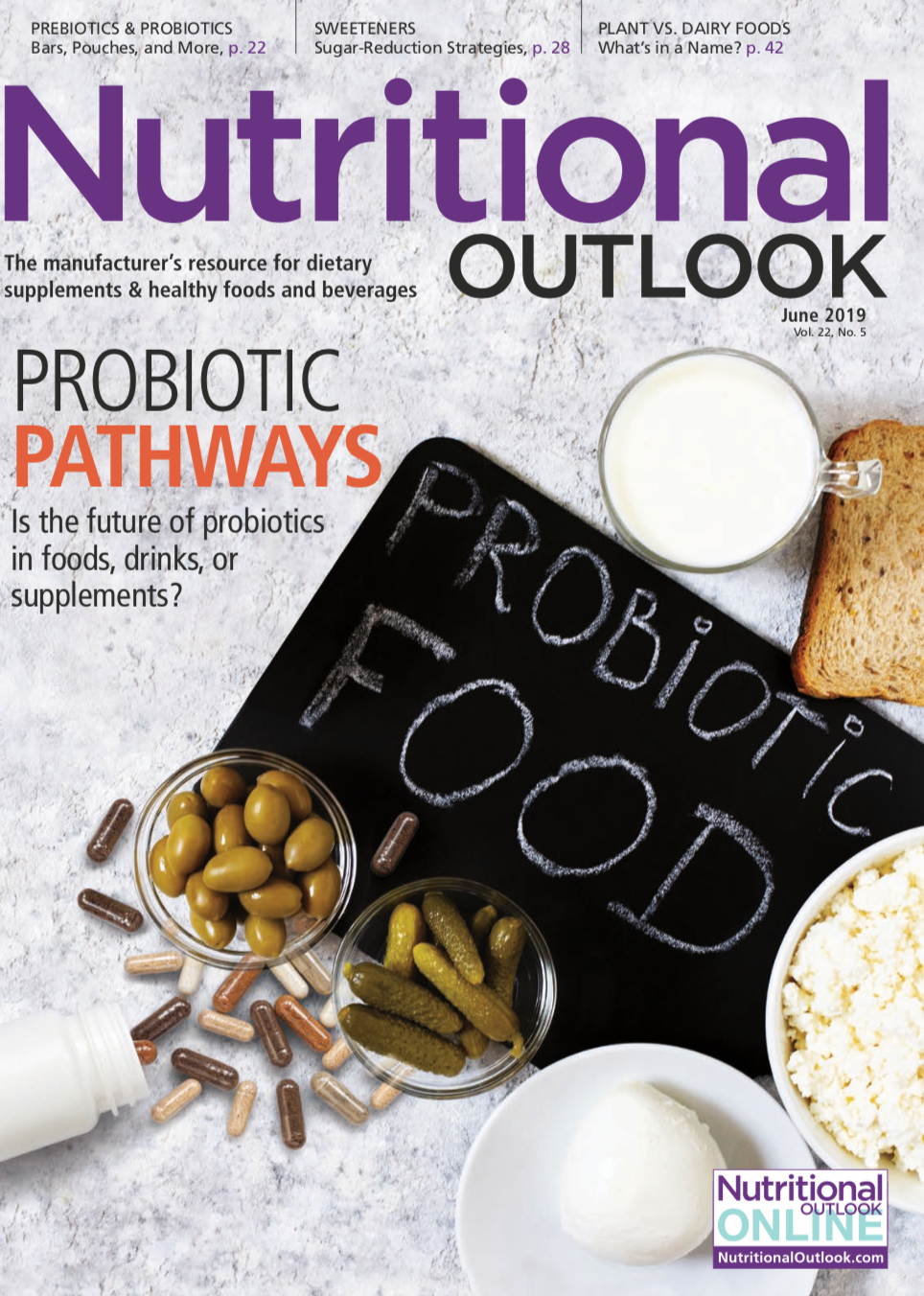Will FDA change its definition of a dietary ingredient?
The definition of a dietary substance in FDA's New Dietary Ingredient draft guidance differs greatly from the definition of a dietary ingredient under DSHEA, the actual law governing supplements.
Photo © Shutterstock.com/bixstock

Definitions matter. While the average consumer might not think about how the foods they eat-or the dietary supplements they ingest-are defined by law, the bottom line is that regulatory definitions set the stage for how entire segments of consumer markets will be able to innovate, survive, and thrive in the real world.
In the case of dietary supplements, the definition of the term dietary ingredient-the ingredients used to make dietary supplements-is hopefully something that FDA is considering, or reconsidering, now.
A bit of background: The law regulating dietary supplements in the U.S., the Dietary Supplement Health and Education Act of 1994 (DSHEA), defines a dietary ingredient as “a vitamin; mineral; herb or other botanical; amino acid; dietary substance for use by man to supplement the diet by increasing the total dietary intake…” Under this definition, an entire dietary supplement industry was born to include a wide swath of supplement products that you see on store shelves today, from vitamins and amino acids to herbal supplements and more.
However, that definition does not match how FDA narrowly defined a dietary substance in its revised New Dietary Ingredient (NDI) draft guidance, released in August 2016. Although draft guidance is not law (unlike DSHEA, which is the law), it is meant to reflect FDA’s thinking when the agency is determining which ingredients are required to submit NDI notifications. In the draft guidance (page 38), FDA states that “‘dietary substance’ is intended to mean foods and food components that humans eat as part of their usual diet.” FDA also states that allowable supplement categories, such as vitamins, minerals, and amino acids, “are recognized as dietary ingredients because [they are] defined by [their] nutrition function”-i.e., they provide nutrition to the human body.
The definition of a dietary substance in the draft guidance differs greatly from the definition of a dietary ingredient under DSHEA, the actual law governing supplements. If FDA stands by its definition in the draft guidance, it could mean that the agency might not give the thumbs-up to ingredients that aren’t regularly consumed in the diet or that aren’t nutritional in purpose. And this would put in limbo, or certainly call into question, the permissible status of the wide range of non-nutritional ingredients that are already on dietary supplement shelves.
In May, FDA held a public meeting to discuss this and other issues plaguing FDA’s ability to effectively regulate supplements. One of the speakers at the meeting was Scott Bass, a partner at the law firm Sidley Austin LLP. In this public forum, Bass spoke about how FDA’s “unlawful interpretation” of a dietary substance in the NDI guidance will actually harm consumers in two important ways. First, he pointed out, many of the important health-promoting ingredients in dietary supplements are not, in fact, purely nutritional. If none of these ingredients are allowed in dietary supplements, he said, then a large segment of the dietary supplement industry-and the innovation within-will be immobilized. These innovative products will no longer be available to consumers who seek them for their health.
According to Bass, the second important way that public health is compromised is if companies don’t see a way to comply with FDA’s NDI draft guidance thinking-that is, they can’t find a way to get their ingredients to be considered dietary ingredients as prescribed by the guidance. In that case, companies might try an alternate route of compliance. They might instead pursue independent Generally Recognized as Safe (GRAS) self-affirmations, which FDA has said might eliminate the need for companies to submit NDI notifications. The GRAS process, however, has its share of critics, and some don’t see it as a suitable replacement for an NDI notification.
Bass has spoken about the issue of the draft guidance’s problematic definitions before, including to Nutritional Outlook. I asked Bass recently about how he thinks this problem that he and other industry leaders pointed out resonated with the members of FDA as well as non-industry attendees of the FDA meeting in May.
Bass said “that was not the first time I’ve communicated with the FDA about this issue…but rather it’s the first time it was brought up in a public forum.” He said he credits FDA with calling the meeting in the first place in order to open discussion about how to strengthen supplement regulations. “The reaction I got from FDA and industry people at the meeting would indicate, yes, it was definitely received,” he said.
Whether that reception translates into an actual change of the NDI guidance’s definition remains to be seen. It’s notable that as recently as this May’s FDA meeting, Cara Welch, acting special assistant to the deputy commissioner for policy, legislation, and international affairs, for the Office of the Commissioner at FDA, stated that at least one class of ingredients-synthetic botanicals-may not be considered as dietary ingredients by FDA today.
Still, Bass and others wonder whether FDA could still one day pull back from the problematic definition of a dietary ingredient in the draft guidance. And if FDA were to amend its definition of a dietary substance in its draft guidance, could it also change its stance on ingredients like synthetic botanicals and probiotics, which FDA currently says it does not consider dietary ingredients? Bass said he thinks it could. “I’m very hopeful,” he said.
So, again, what’s in a definition? Hopefully not a threat to the industry.
Jennifer Grebow
Editor-in-Chief

Prinova acquires Aplinova to further increase its footprint in Latin America
April 7th 2025Prinova has recently announced the acquisition of Brazilian ingredients distributor Aplinova, which is a provider of specialty ingredients for a range of market segments that include food, beverage, supplements, and personal care.



















